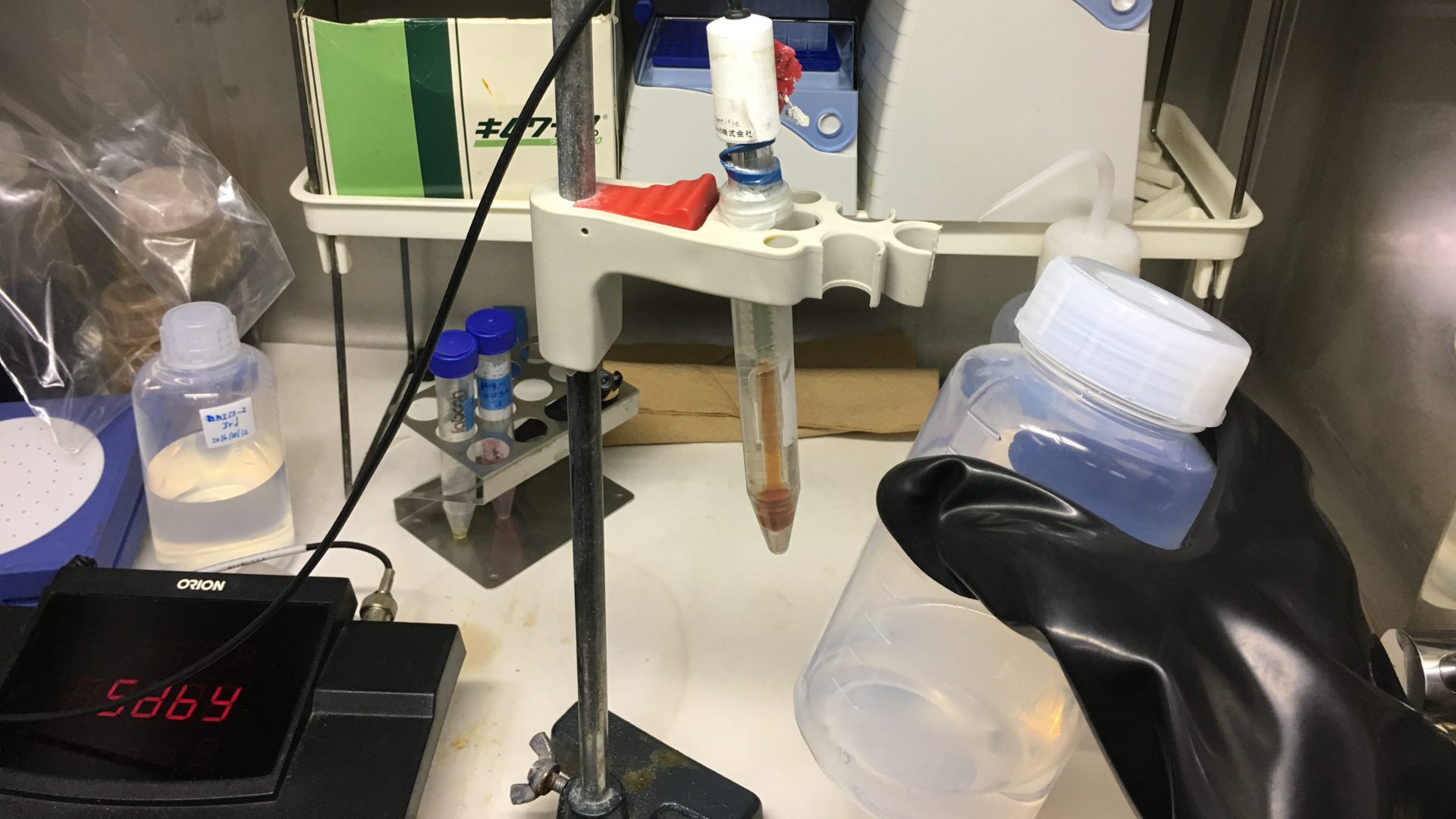Application of Diffusive Gradients in Thin Films (DGT) for the Dynamic Speciation of Radioactive Cesium in Fukushima Prefecture, Japan
Diffusive Gradients in Thin Films (DGT) is a passive sampling technique used to measure the concentrations and dynamics of trace metals, nutrients, and other substances in aquatic environments. A DGT device typically consists of a diffusive gel layer and a binding gel layer, both protected by a membrane filter. Target ions or molecules diffuse through the gel and are captured by the binding layer, allowing for time-integrated sampling. This method selectively measures the labile, or bioavailable, fraction of contaminants rather than the total concentration. DGT provides a more accurate reflection of chemical mobility and biological availability in situ compared to traditional grab sampling methods. It is widely used in environmental monitoring, pollution assessment, and geochemical studies due to its simplicity, sensitivity, and ability to operate without the need for active pumping systems or electricity. Following the 2011 Fukushima Daiichi nuclear accident, radioactive cesium (¹³⁷Cs) accumulated in forests has been transported to the ocean via rivers. Until now, ¹³⁷Cs in rivers has been primarily adsorbed onto clay mineral particles and exists in a suspended state, and the potential for its transfer from the suspended state to the more biologically available dissolved state has not been sufficiently evaluated. In this study, we aim to evaluate the dynamics of ¹³⁷Cs in river water (particularly the transition from the suspended state to the dissolved […]
